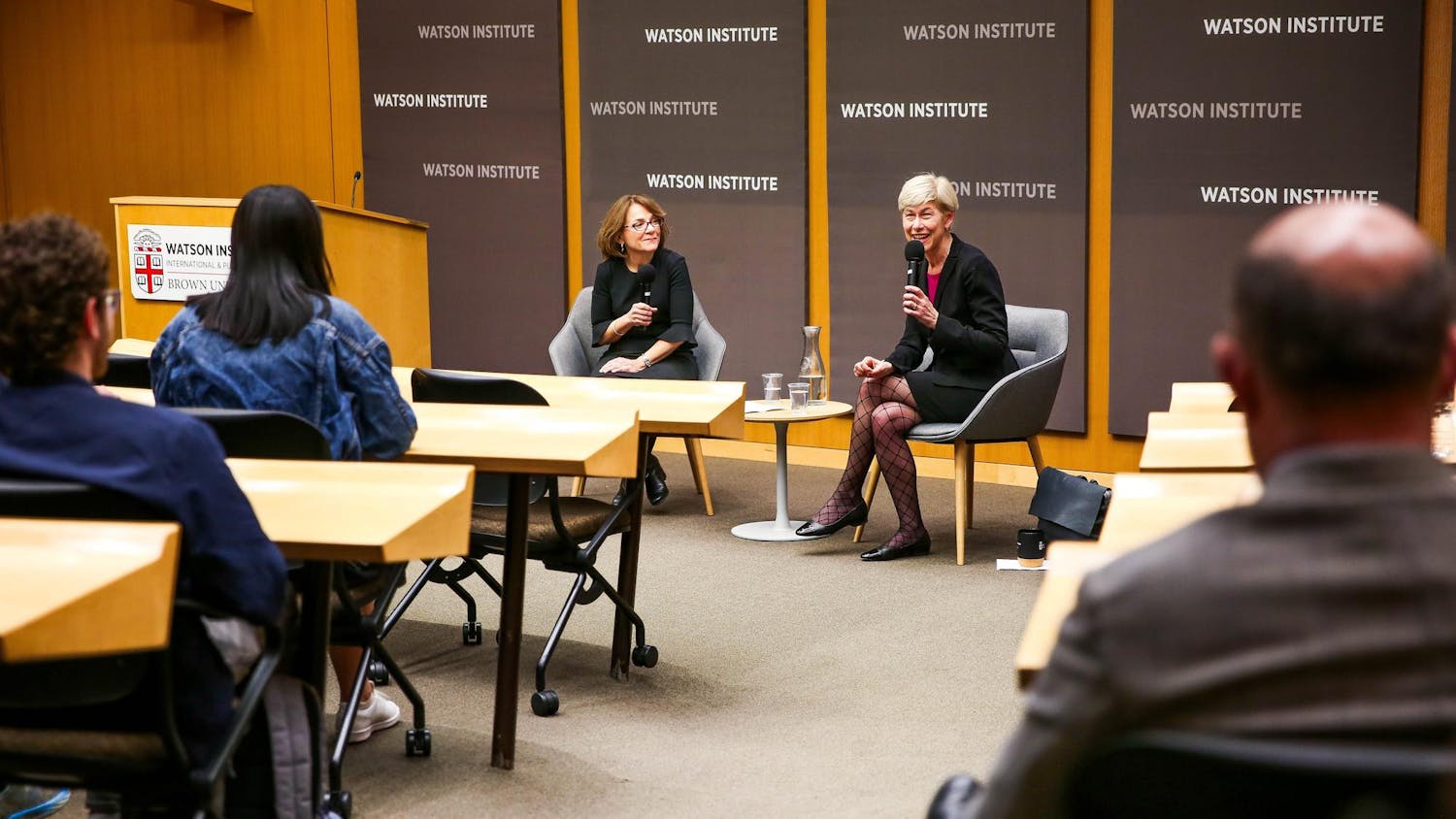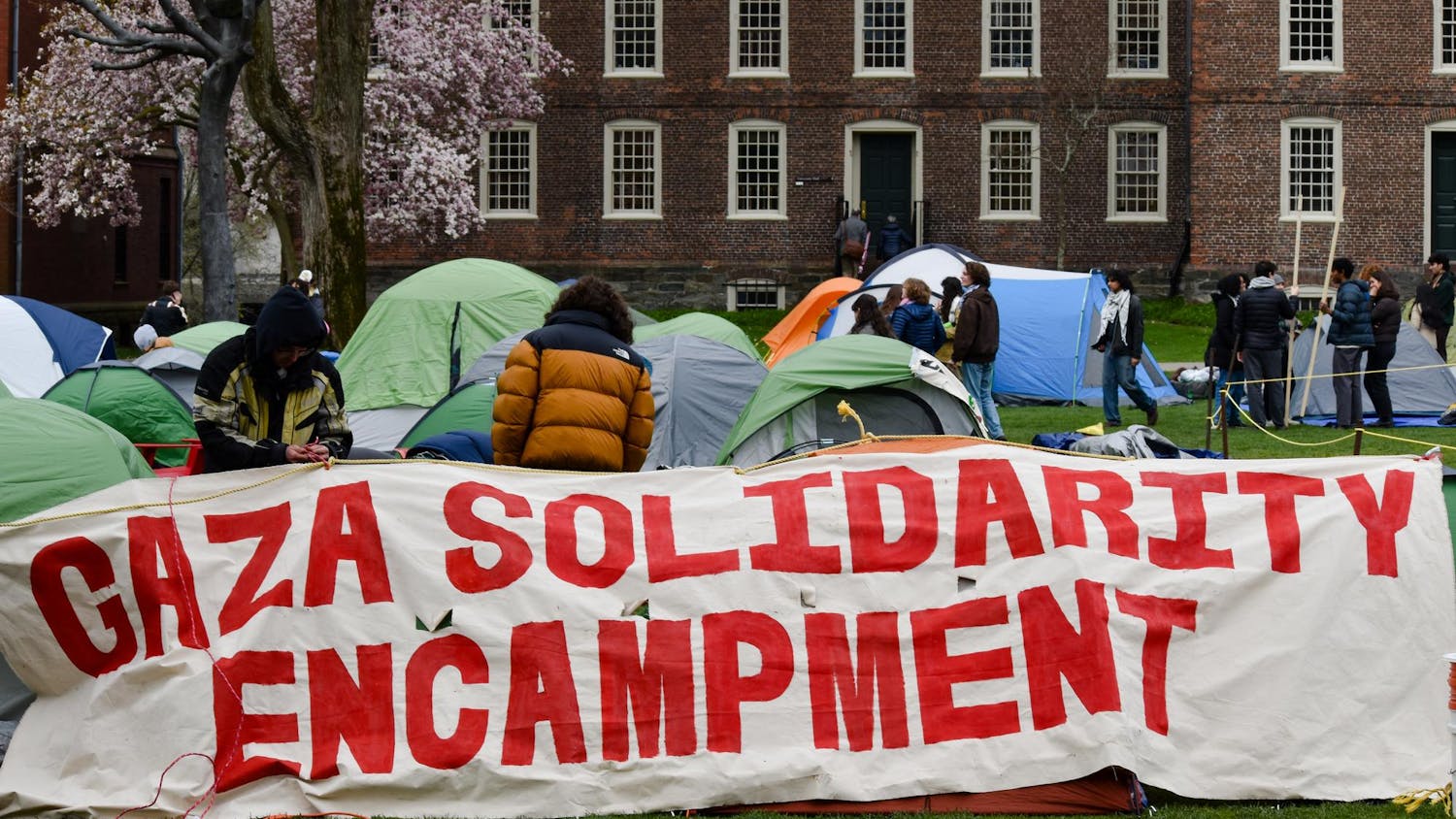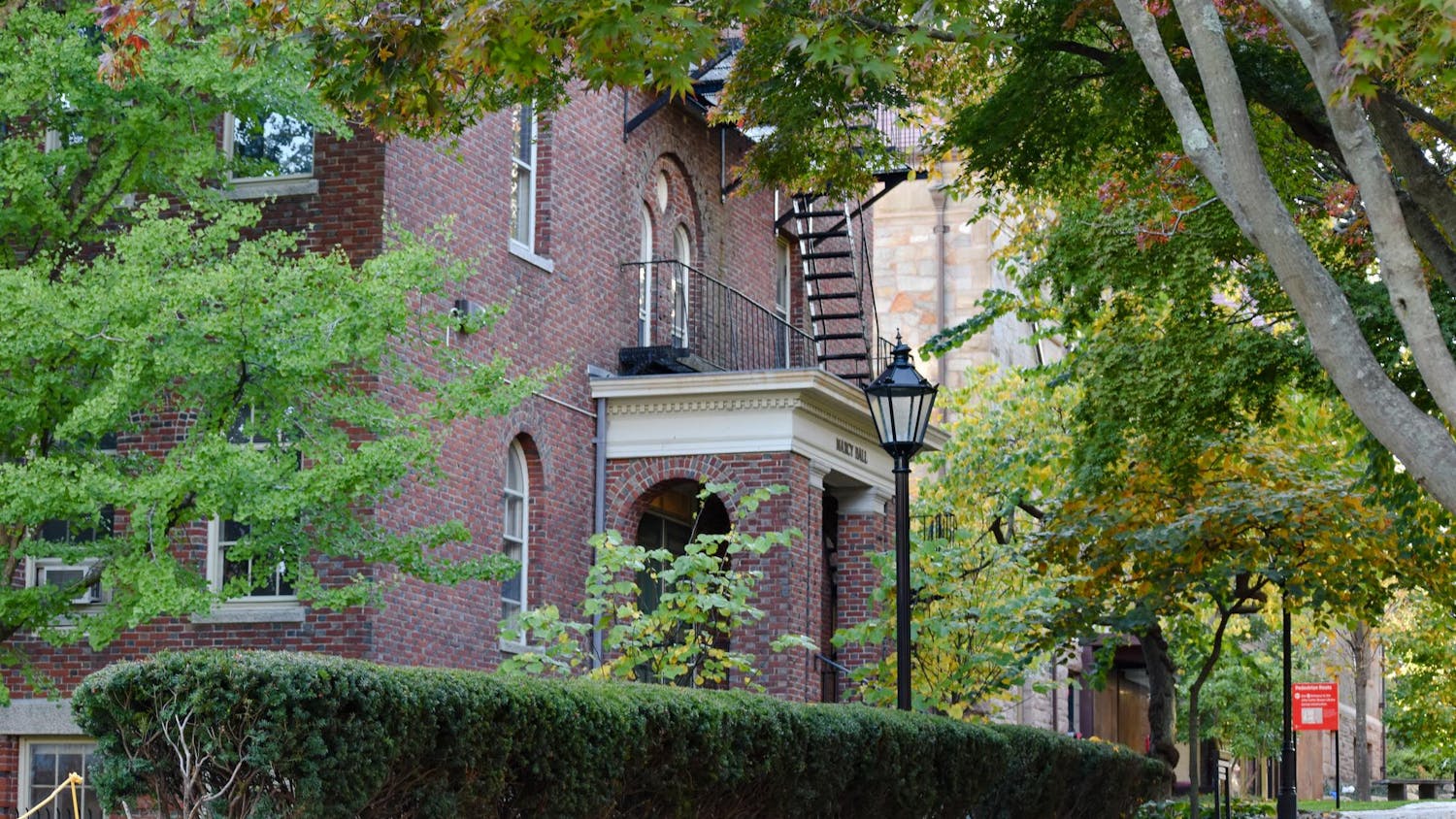The Office of Residential Life has initiated discussion about possible reorganization and expansion of campus residence and dining halls. The ideas proposed include moving all first-years to either Keeney Quandrangle or Pembroke Campus, expanding the Verney-Woolley Dining Hall, renovating the Sharpe Refectory and constructing new residence halls for upperclassmen. ResLife staff and Residential Council members said they hope to have more concrete proposals in time for the Corporation meeting in May.
"We have had on-going, larger discussions about what the makeup of the residential community will look like," said Richard Bova, senior associate dean of residential and dining services. "We are simply in the beginning stages of those discussions with ResCouncil and others."
One of the main proposals on the table is the creation of first-year communities. All first-years would live in either Keeney or Pembroke, creating a more centralized experience for first-years and leaving residence halls like Littlefield Hall, Hope College and Perkins Hall open for sophomores, said Margaret Klawunn, vice president for campus life and student services.
"One of the things that happens when you're a first-year student at Brown is that you feel like you're either having the Keeney experience or you're not Keeney," Klawunn said. "What we're trying to do is formulate some recommendations or proposals for discussion with students that would address some of the things we've heard from students don't work particularly well."
Under the proposal, upperclassmen would not live in Keeney or Pembroke, and all current singles and triples in those residence halls would be converted to first-year doubles. In the past, upperclassmen have complained about living in first-year heavy areas, Klawunn said. The change would also be helpful for graduate students living in places like Miller Hall, who would be moved from singles in dorms to apartment-style living elsewhere.
But not all students agree with the plan to consolidate first-year students in large residence halls.
"Obviously there's an appeal of putting classes together, but I don't think housing should be homogenous like that," said Mia Zachary '13. "I know people say it's a really bad place to live as a sophomore, but I have really liked living in Keeney."
Zachary said she lived in Wayland House last year and enjoyed the small community.
"The fact it was such a small dorm made it easier to get close with everyone," she said. "Keeney is so big, it'd be more difficult to adapt to your environment."
Leandro Zaneti '12 is a residential counselor in Wayland and said there are both the positives and negatives about the proposed changes.
"If done the right way, I think this could foster community among the freshmen class," he said. "It could also be a negative thing. One of the things that I like about places like Littlefield, Hope and Wayland is that it's a small community. You really get to know the people around you."
Zaneti also said having first-years live among upperclassmen gives them access to older students beyond their residential counselor to talk to in times of trouble.
"It could go either way, but if it does happen, it needs to have very considerate planning," he said. "They need to consider all the different angles."
With the creation of first-year communities, sophomores would not have such limited options for housing, which Klawunn said she has also heard complaints about.
"Right now, sophomores feel like they get what's left over in the lottery," she said.
Klawunn said one idea would be to renovate Perkins into suite-style living for sophomores, while giving them the option of living in Perkins, Littlefield and Hope as well as Wriston Quandrangle and Graduate Center in the housing lottery.
If the first-year community proposal is implemented, the dining halls would be upgraded to accommodate the increased traffic, Klawunn said.
"If we're looking to improve the residential experience for students, the dining halls are certainly a part of what supports that," she said.
The V-Dub would be expanded because of the greater number of first-years on Pembroke campus, while the Ratty "has been in need of renovation for a while," Klawunn said.
Steve Maiorisi, vice president for facilities management, said the mechanical and electrical systems in the Ratty are the same ones that have been in place since it was built in 1950. "There's a tremendous amount of renewal that needs to be done," he said.
There have also been talks of constructing new residence halls on the periphery of campus for juniors and seniors, Klawunn said. The Corporation already approved renovation of 315 Thayer during its February meeting.
Bova said he is excited about the renovation of 315 Thayer because student input was key to the design of floor plans for the building.
"We're creating the exact type of living that students are asking for," he said. "Think of Vartan Gregorian Quad, but better."
Klawunn said ResCouncil has been discussing these ideas as a result of student input and complaints about their housing situation.
"The aim of all this is to do some renovation of our existing residence halls, and so while we're thinking about renovating existing residence halls, we're trying to address some of the things we've heard from students," she said.
But Klawunn said possible changes are not yet concrete. "It's very much in the recommendation and discussion stage."
— With additional reporting by Greg Jordan-Detamore




